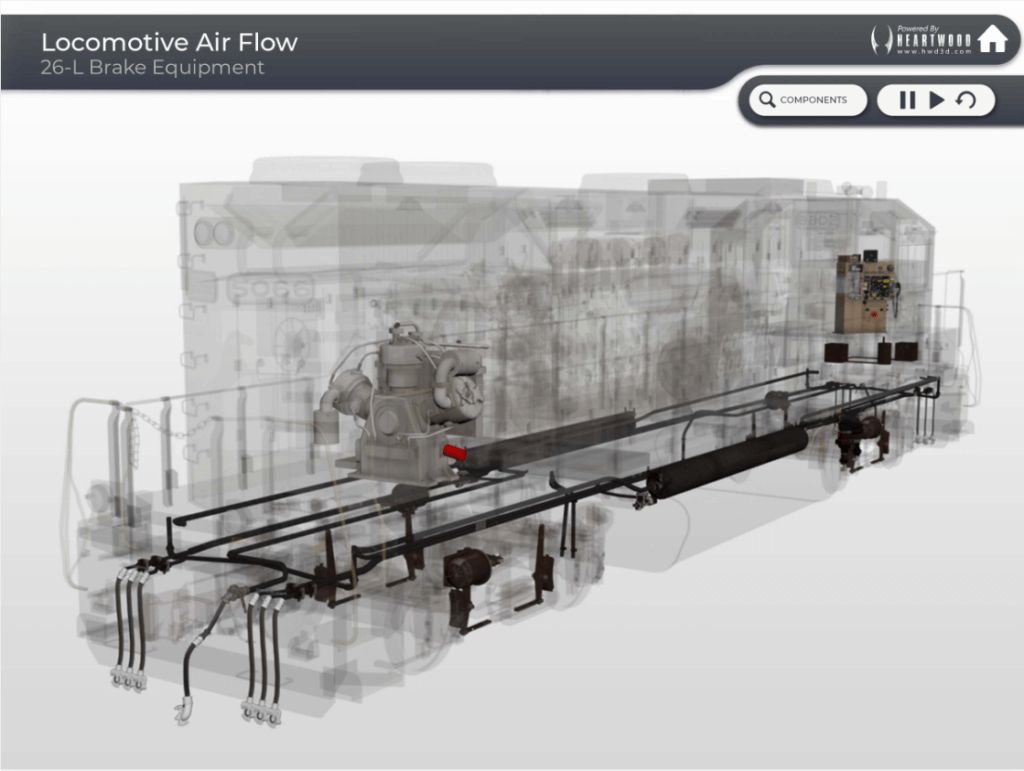Welcome to the first of our Did You Know? Series, where we focus on Railroad industry training, regulations, and the various influences that make things happen.
The railroad industry is nearly as old as the United States, and since its inception it has undergone slow and deliberate change to its infrastructure. But all of that changed in 2008 with the passing of the Railroad Safety Improvement Act (RSIA), which resulted in a host of new regulations.
These changes are now in full effect, but many operators may be unaware of RSIA’s finer points. Read on to explore the RSIA and the impact that is has had on the railroad industry.
The Did You Know? Series: RSIA Impacts & Understanding
The RSIA required a major update to railroad infrastructure, Positive Train Control (PTC). The act stated: “among other things, the law mandates that PTC be installed by the end of 2015 on railroad main lines used to transport passengers or toxic-by-inhalation (TIH) materials.” This stated deadline was extended multiple times, with final stop on May 1, 2021 for those final industry holdouts. And while this overarching regulation, particularly the implementation of PTC, may feel like old news to many in the industry, the nuance of its requirements seems to be either misinterpreted, or watered down.
Beyond PTC, there are a number of stipulations and areas that are often overlooked or misinterpreted — and can impact every aspect of railroad operations, including the bottom line.. In this recurring Did You Know? series, we’ll be sharing key regulations to be aware of, and answering questions and providing analyses around:
- The intent of 243 and why it’s so misunderstood
- RSIA’s associated costs – both now, as well as a 20 year impact analysis – with ways to reduce this burden
- FRA’s stance on simulated training to meet regulatory requirements and the background of regulatory training, in general
- Minimum training qualifications for each occupational category of employee
- Enhanced safety-related employee requirements and compliance tips
- Training design, development, and delivery best practices
- New hire and on the job training qualifications to maintain compliance
- Operating ratios and fixed asset allocation considerations – and how to get ahead of them
Each analysis will include associated costs, recommendations for optimal implementation, and insight around how industry leaders are approaching, meeting or even exceeding these requirements. We hope it will inspire your efforts and help you avoid fines for noncompliance, which are significant. In this new normal, every dollar counts.
– The Heartwood Team
Setting the Stage: Industry Impacts in New Normal
Even before the pandemic hit, railroads were starting to understand that the new generation of railroaders learned differently, and that visual and interactive technology is changing knowledge and skill transfer efficacy. These changes were being highlighted for three reasons:
-
- Knowledge transfer is no longer passed through generations of the same family, so another way was necessary
- Precision Scheduled Railroading (PSR) calls for a more robust solution, where trainees can be knowledgeable in ways that extend beyond their specific craft
- A skyrocketing familiarity and reliance on digital resources, particularly among the younger generation
As with many industries, the pandemic accelerated these changes, making the transfer of knowledge and worker expertise, as well as access to training materials (cross-craft) more important than ever.
As we’ve all navigated this new normal, we’ve been fortunate to partner with railroad industry leaders to help deploy remote training tools that speak to each of the points above and engage railroad employees, while also saving money and keep railroads regulation compliant. Our trainings are virtual, digital and asynchronous – available anytime, anywhere and from devices your employees are already familiar with and using every day.
Check back and follow along with this series – and to please ask any questions left unanswered or share any that you’d like to see addressed in a future part of the series. We’re here to learn along with you and act as a resource in any way. Or reach out for a conversation specific to your needs.
Be sure to check out our Rail Virtual Training Solutions to see why BNSF, CSX, Amtrak, NS, UP, CN & KCS partner with Heartwood to deploy a variety of railroad training simulations and guides. And if you have any questions about these technologies, please reach out!



